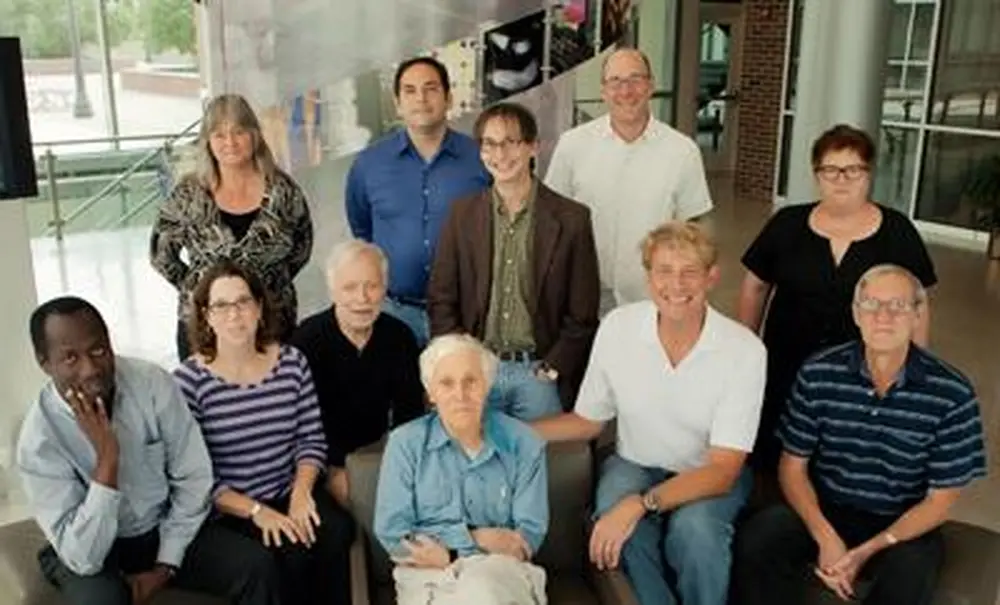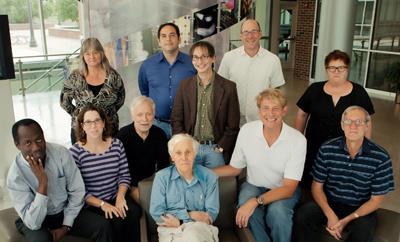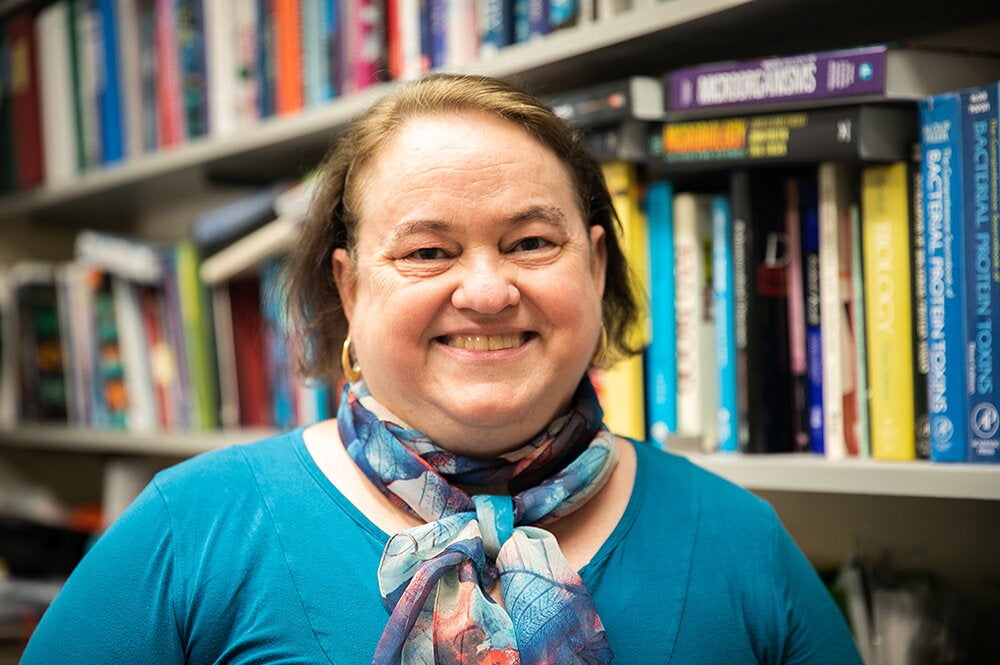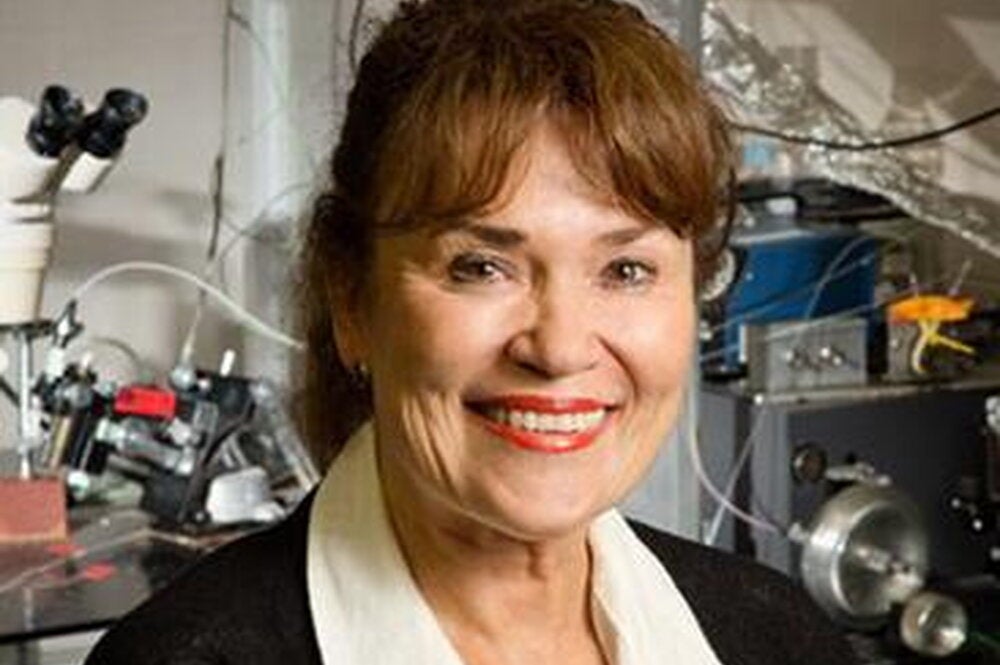

Since the early part of the 20th century, many scientists have pictured the first microbial life on Earth as a fully formed cell that emerged from a “primordial soup” of simple organic compounds. However, a more complete picture of the origin of life might be that of a “primordial Internet.”
According to the groundbreaking work of Carl Woese, LAS professor of microbiology, life may have started as a massive collective where genetic information was openly shared on a large scale, much the way that the Internet opened the free-flow of information among people. To explore this theory of early collective behavior, University of Illinois researchers are going back to the beginning of life on Earth, thanks to a five-year $8 million award to establish a NASA Astrobiology Institute (NAI) on the Illinois campus.
Bruce Fouke, U of I professor of geology and microbiology, says the research program is founded directly upon Woese’s work, which suggests that the first stage of life was a “RNA world” where the free sharing of genetic information led to the creation of primitive entities—proto-cells that were radically different from modern-day cells.
“So the essential story of the rise of life, as demonstrated by Carl Woese, is that of collective behavior,” says Fouke. Even after the appearance of the first individual cells more than 3.7 billion years ago, the free flow of genetic information continued between cells.
“People commonly talk about survival of the fittest, which is all about an individual with the biggest muscles and the biggest gun surviving,” he adds. “But the origin and remarkable success of life has to do with the ‘survival of those who fit best’—those who share knowledge and work together to survive in an extremely challenging environment.”
Developing a better understanding of how the earliest life forms made the transition to modern-type cells lies at the heart of the work being conducted by the NAI team, led by Nigel Goldenfeld, U of I physics professor. The team includes 11 researchers from Illinois, two from Baylor University, and one from the University of California-Davis. Because the Illinois-Baylor-UC-Davis team will be probing the collective behavior of life almost 4 billion years ago, it is only fitting that the research itself will also be a truly collective effort, Fouke says.
Woese, a member of the team, called the earliest primitive proto-cells the “progenote,” while the stage in which individual cells emerged was called the “Darwinian transition.” The research team will delve deeply into the sharing of genes during the progenote stage of life, as well as the emergence (during the Darwinian transition) of molecular machinery—structures that control functions within cells. In addition, they will study general principles underlying the emergence of life, and ways in which cells evolve in the face of extreme environmental gradients, such as dramatic changes in temperature.
There also will be a strong educational component, with the development of two new LAS OnLine courses, a massive open online course, and a series of short science education “SciFlix” videos in coordination with middle and high schools throughout the country and even from other countries. Additional components include a series of courses at the Illinois Osher Lifelong Learning Institute, and a program in which middle school students and their teachers are taken to study and observe firsthand the extreme microbial environments of Yellowstone National Park’s Mammoth Hot Springs.
The dramatic developments in the early evolution of life took place in an extreme world that was very different than Earth today, Fouke says. The world was a place of hot temperatures, acidic conditions, and little to no oxygen. In fact, oxygen was highly toxic to microbial life in the very beginning, and organisms had to learn how to adapt to the harsh consequences of living in an oxygenated environment.
Furthermore, he says early bacteria were so successful in developing and utilizing photosynthetic chemical reactions that they flooded the Earth’s atmosphere and oceans with oxygen, eventually oxygenating the planet by as early as 2.5 billion years ago.
“There could not be a more fundamental change to an entire planet than to pervasively supply oxygen to it,” he points out.
Equally remarkable is that it was a collective effort.
“The origin of life is about the sharing of information between organisms, which we’re finally getting back to today with the Internet,” Fouke says. “Carl Woese has provided us with a profoundly different way to understand and conceptualize the rise of life on planet Earth.”
The Team
LAS members: Gary Olsen, Rachel Whitaker, and Woese from microbiology; Lee DeVille from mathematics; Zaida Luthey-Schulten from biochemistry; and Fouke.
Additional U of I members: Isaac Cann and Roderick Mackie from animal sciences; Goldenfeld from physics; Elbert Branscomb from the Institute for Genomic Biology; and Charles Werth from civil and environmental engineering.
Other members: Susan Rosenberg and Philip Hastings from Baylor; and Scott Dawson from UC-Davis.


